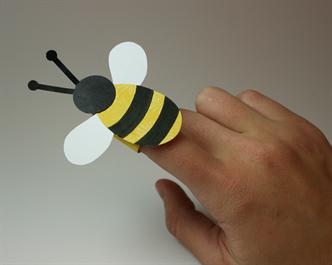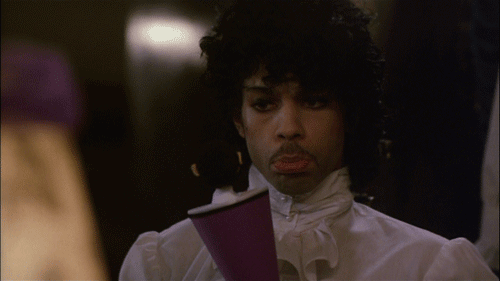- Rokus Klett is planning on putting lots of teacher support online - for free. Lesson plans, videos, interactive tools, everything. A big plus.
- The course is based on cross-curricular activities - lesson plans are based on a combination of classic approaches to LT and CLIL.
- Teachers who are already using the Lili in Bine coursebooks for other subjects will be pleased to hear that A Letter from Lili and Bine will be released as a free supplement to the course (or so we were told at the presentation). However, I don't really know if other teachers (the ones using coursebooks different than Lili in Bine) will be able to use A Letter from Lili and Bine at all.
http://www.devetletka.net/
I did say that there's room for improvement, though. Quite a lot, actually. Here are some of the things I didn't like about the course and/or the presentation:
- The course will only be available (or at least useful) for teachers already using the other Lili in Bine coursebooks.
- ELT for young learners should be based on listening and speaking skills since they're still learning to write in L1. So Rokus Klett have this idea of using geometrical shapes instead of words in their written texts where different shapes represent different word groups. I don't know. The children the course is meant for are aged 7-8 and the whole shapes idea even sounds complicated to ME.
- The speaker presenting the course told us there will be no CD available for their songs. Their idea is that it should always be the teacher who sings, even if he sings off-key. This is the opposite to what we were told in our ZGUČAN classes. You should NEVER sing off-key in front of children as they're at a critical age mucic-wise and very prone to repeating your mistakes. The damage you could cause by singing off-key to them is irreversible. If you can't sing, use a CD.
- ZGUČAN also taught me to use photographs instead of pictures of questionable artistic value whenever possible. There seem to be few photographs in the Lili and Bine course ... and loads of very colourful flashcards.
- The general opinion among language teachers is that young learners' concentration span is extremely short. The idea is that the activities we use with young learners should only last a few minutes each and then we should switch to something else. Lili and Bine authors seem to feel that way, too. However, as I've been doing my class observation tasks for the ZGUČAN programme, I now know that regular primary school teachers don't hold the same beliefs. Yes, with proper classroom management, children can absolutely do maths or whatever for twenty minutes IN SILENCE. Yes, successfully. No, they won't burst into madness and start running around or fall asleep behind their desks. Yes, I've seen it with my own two eyes. And classroom discipline? Top-notch. Who knew. Anyway, I'm not saying that we should start having boring lessons but I don't think using activities longer than three minutes is always bad. Try it out sometimes. And then tell the Lili and Bine authors what children aged 7-8 are capable of.
- The speaker presenting mentioned crosscurricular activities and CLIL a lot, saying that they're popular these days so Rokus Klett jumped on the bandwagon. However, from what she said, I don't think she (or they) understands the difference between crosscurricular activities and CLIL. No, they are not synonyms and I think the coursebook presenter should know the difference.
- The authors seem to be big believers of the silent period idea, so they suggest alternatives to spoken responses, for example, children should stand up if they want to answer your question with "yes" and sit down when they want to say "no". I've taught children as young as four and no one ever had a problem with learning and using the English words yes and no. I mean, come on. We're talking about pupils aged 7-9 here. All of them can learn a few English words and use them, too.
I do think Lili and Bine authors have some nice ideas, though. I just hope that they get rid of these minor flaws before release.








